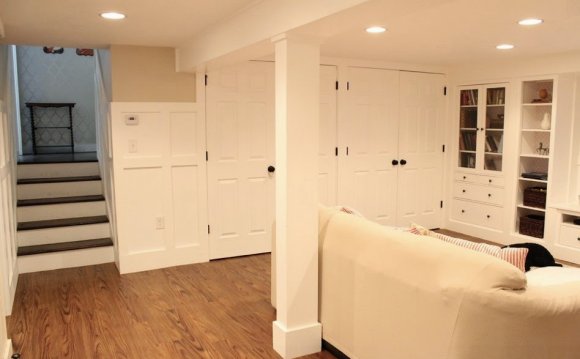
A wet basement is more than a nuisance. If your basement includes finished living space, any kind of moisture can ruin carpeting, drywall, and framing. Even if you have a crawl space or just use your basement for storage, a simple case of condensation can buckle hardwood flooring on the level above and spawn harmful mold.
If you have a soggy basement, you're not alone. The American Society of Home Inspectors, based in Des Plaines, IL, estimates 60 percent of U.S. homes have wet basements, and 38 percent run the risk of basement mold.
The water most often comes from rainfall and melting snow. Even a small storm can trigger a deluge a house with a 1, 500-square-foot roof sheds 1, 000 gallons of water for every inch of falling rain. In tougher cases, the problem is rising groundwater, which may even be fed by an underground spring. Once the water accumulates around your foundation, it works its way inside through cracks, joints, and porous material.
A pro cure can cost from a few hundred dollars to many thousand. But even if you're knee-deep in water, don't call your banker yet. You can solve most wet-basement problems yourself for significantly less than you'd pay a professional. The key is to determine which of the three major problems you have: condensation, runoff, or subsurface seepage.










